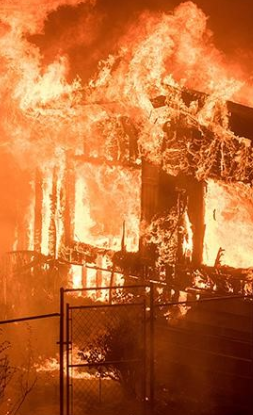Readiness report released
 A new report calls for new technology to be used for disaster preparedness.
A new report calls for new technology to be used for disaster preparedness.
Natural Hazards Research Australia’s report “Be Ahead of Ready” emphasises the importance of long-term planning and transformative research to mitigate future risks.
It calls for changes to prepare Australia for the increasing severity, length, and frequency of natural hazards.
Andrew Gissing, CEO of Natural Hazards Research Australia, says Australia needs to adopt a proactive approach.
“Australia needs to be ahead of the curve, where risks are foreseen and proactive measures are taken to reduce or adapt to threats. We must break the cycle of simply preparing for the next hazard by looking back at hazards of the past,” he said.
The report highlights several key areas for improvement, including the use of artificial intelligence, advanced monitoring systems, and personalised warnings.
These technological advancements aim to enhance decision-making processes and ensure resilient infrastructure.
The research group says Australia should use AI and sensing technology for real-time forecasting and identification of high-risk areas, thus enabling quicker responses with minimal human intervention.
It also calls for the implementation of digital twins and augmented reality to create tailored warnings that prompt individuals to take necessary actions.
It says developing infrastructure with advanced monitoring systems that can predict and prevent failures, using decentralised power generation to minimise blackouts.
The researchers also suggest creating a national plan for land use and construction standards that enhance community resilience and well-being.
“The need is urgent. The time to act is now. Change will not be without challenges. Our future needs us to develop a diversity of skills, expertise, and ideas,” Gissing says.








 Print
Print